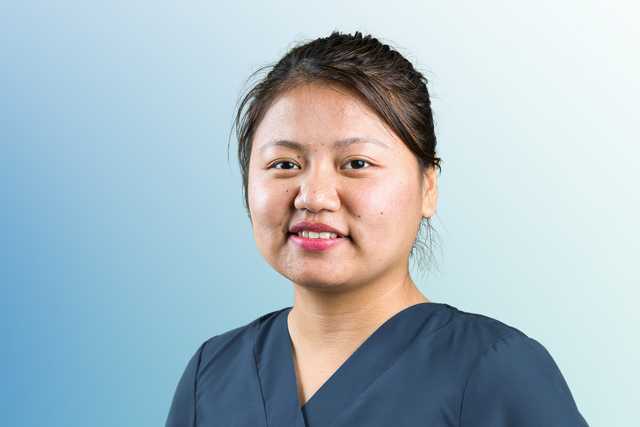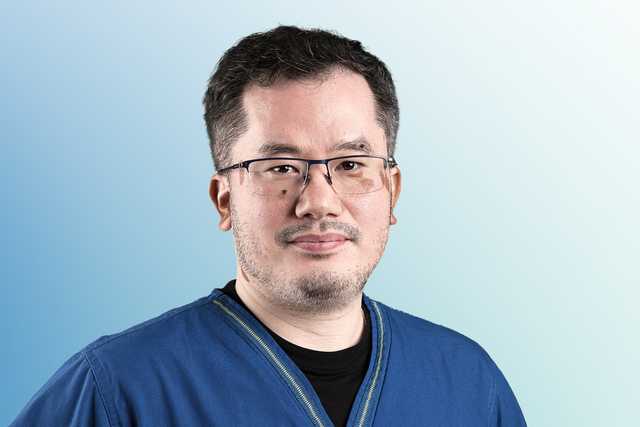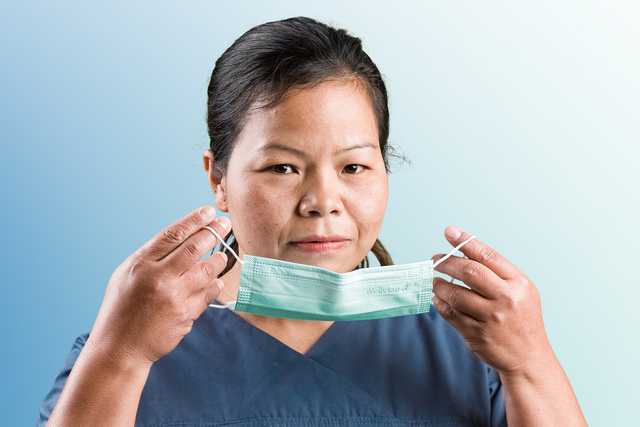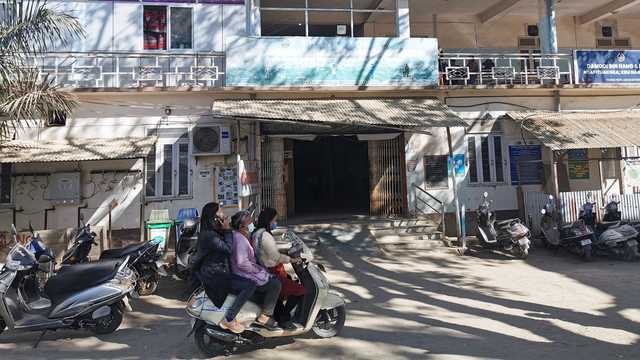
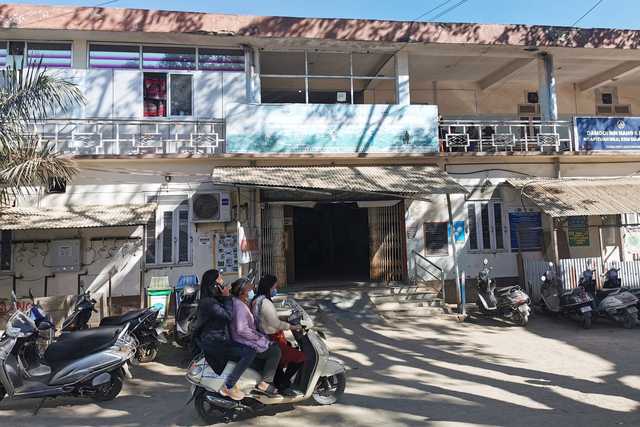
Healthcare in India
Reading time: 5 min
Date of first publication: 30.03.2023
Healthcare in India varies greatly depending on the region. While hospitals in larger cities have well‑equipped intensive care units and qualified staff, care in rural areas remains insufficient.
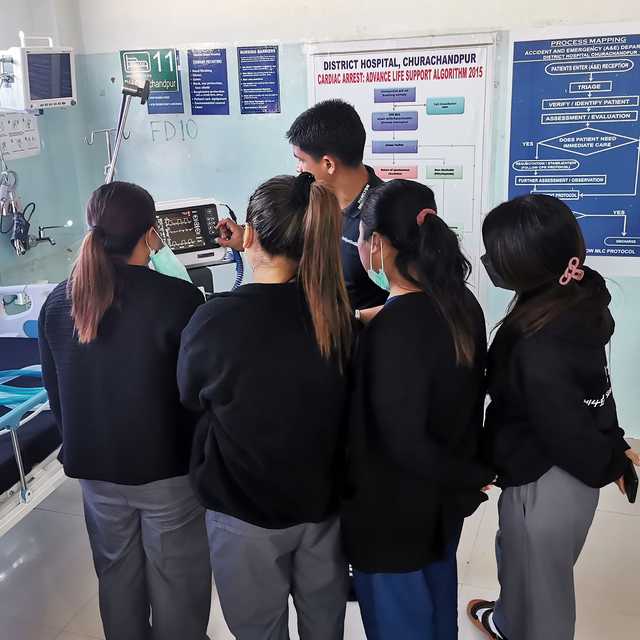
Big contrast. Two Indian hospitals
Earlier this year, a Hamilton Medical team visited two hospitals in northeastern India. Both hospitals are located in the state of Manipur, which borders Myanmar. The region is characterized by a central valley and mountain ranges, with the capital, Imphal, located in Manipur’s center. In Imphal, we visited the first hospital, the Jawaharlal Nehru Institute of Medical Sciences (JNIMS). This hospital meets high medical standards, but for many regions of the state it is difficult to access, especially in emergencies.
The second hospital is located in the city of Churachandpur, about 60 kilometers away, and is part of the 10‑bed ICU project that we are supporting with several HAMILTON‑C1 units on a non‑profit basis. The differences between both hospitals could hardly be greater.
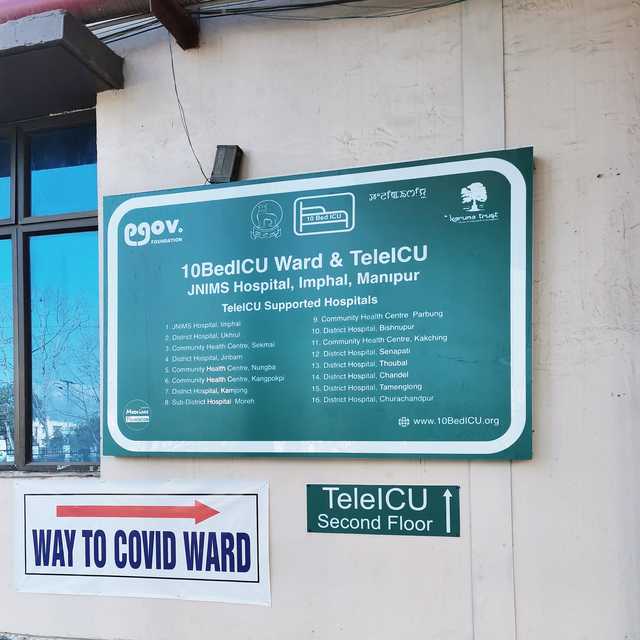
Support via video call. Tele‑ICU
The JNIMS in Imphal is using a tele‑ICU model to support a total of 16 hospitals as part of the 10‑bed ICU project, including the District Hospital in Churachandpur. Here, intensive care nurses Manlianching and Manngaihlian look after the well‑being of patients.
The 10‑bed ICU concept was developed by an Indian non‑governmental organization to improve medical care in rural areas and is an innovative model. Thanks to video communication, physicians from central hospitals like JNIMS can assist ICU nurses when needed, which is a tremendous help. Dr. Rakesh, an experienced associate professor of anesthesiology and critical care, has been involved in the 10‑bed ICU project from the very beginning and supports the ICU nurses at the District Hospital in Churachandpur in their work via video communication.
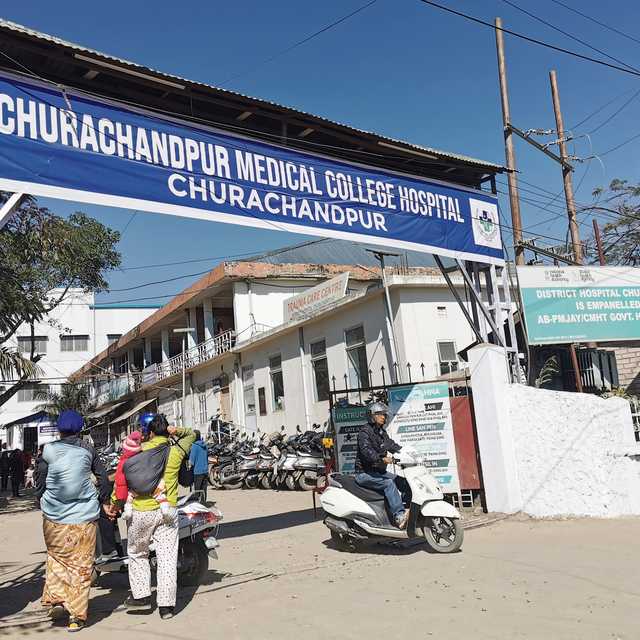
Learning by doing. The daily challenges
In summer 2022, the 10‑bed ICU in Churachandpur began operations and one of its dedicated intensive care nurses is Manngaihlian. She is originally from the state of Manipur and returned to the region after her training at JNIMS to help the local community. During her training, she received extensive training in the use of various medical equipment, which she now must operate alone.
"When we had the first patient who needed respiratory care, we were very nervous. We were unsure how to initiate ventilation. Finally, thanks to video calls, we received instructions from the doctors at the center," Manngaihlian says. Since then, she and her team have successfully intubated seven patients and ventilated many more with NIV masks. Slowly, the daily work at the District Hospital in Churachandpur is becoming more and more routine.
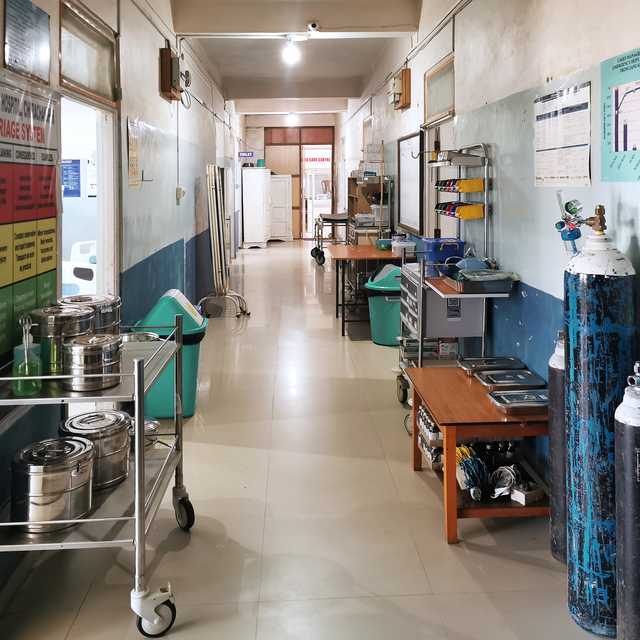
Consulting at a distance. Always reachable
Manlianching, another intensive care nurse in the 10‑bed ICU, also completed her training at Imphal Hospital. She then worked for a year and a half in a hospital in Kolkata, where she learned how to operate ventilators and how to administer emergency medication. She can now put that knowledge to use in the 10‑bed ICU.
"When we have problems using the ventilators, we call Dr. Rakesh, who assists us via video call," Manlianching says. They also contact Dr. Rakesh if they are unsure how to change settings on the devices because the patient's condition changes. "We now feel much more confident in using the Hamilton Medical devices. We have learned a lot from Dr. Rakesh." The team's dedication and commitment are extremely impressive.
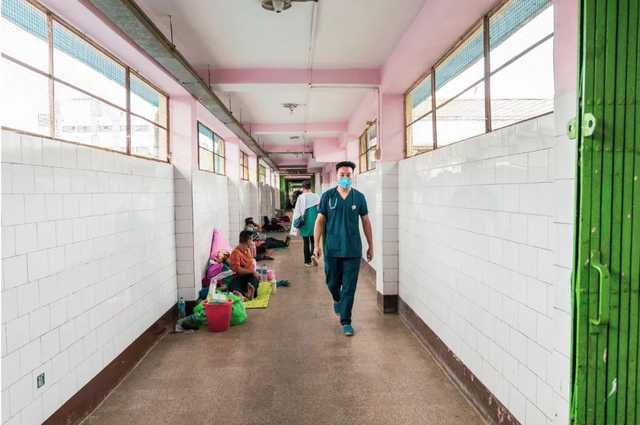
Want to learn more about this project?
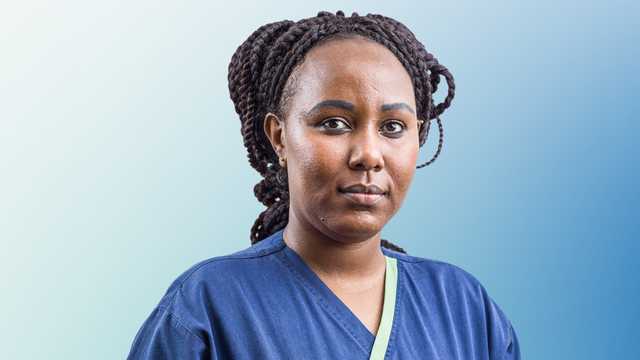
Empowering the frontline heroes of critical care
Medical teams around the world are accustomed to the toughtest working conditions.
We want to honor them by giving them a stage and listening to what they have to say.
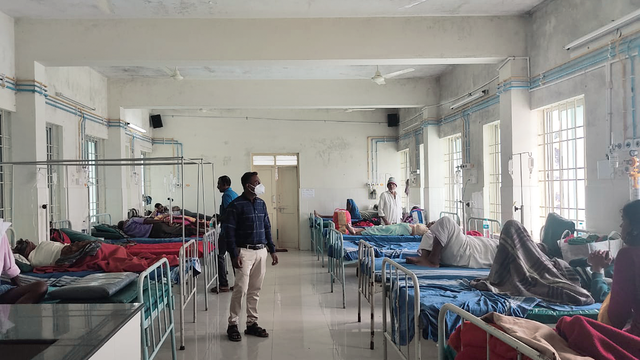
10‑beds ICUs in India
A non‑profit organization has come up with a unique and much needed solution to assist rural areas. It set up 10‑bed ICU units in all Indian government hospitals to offer inclusive, equitable, and quality healthcare to all, especially the poor.


